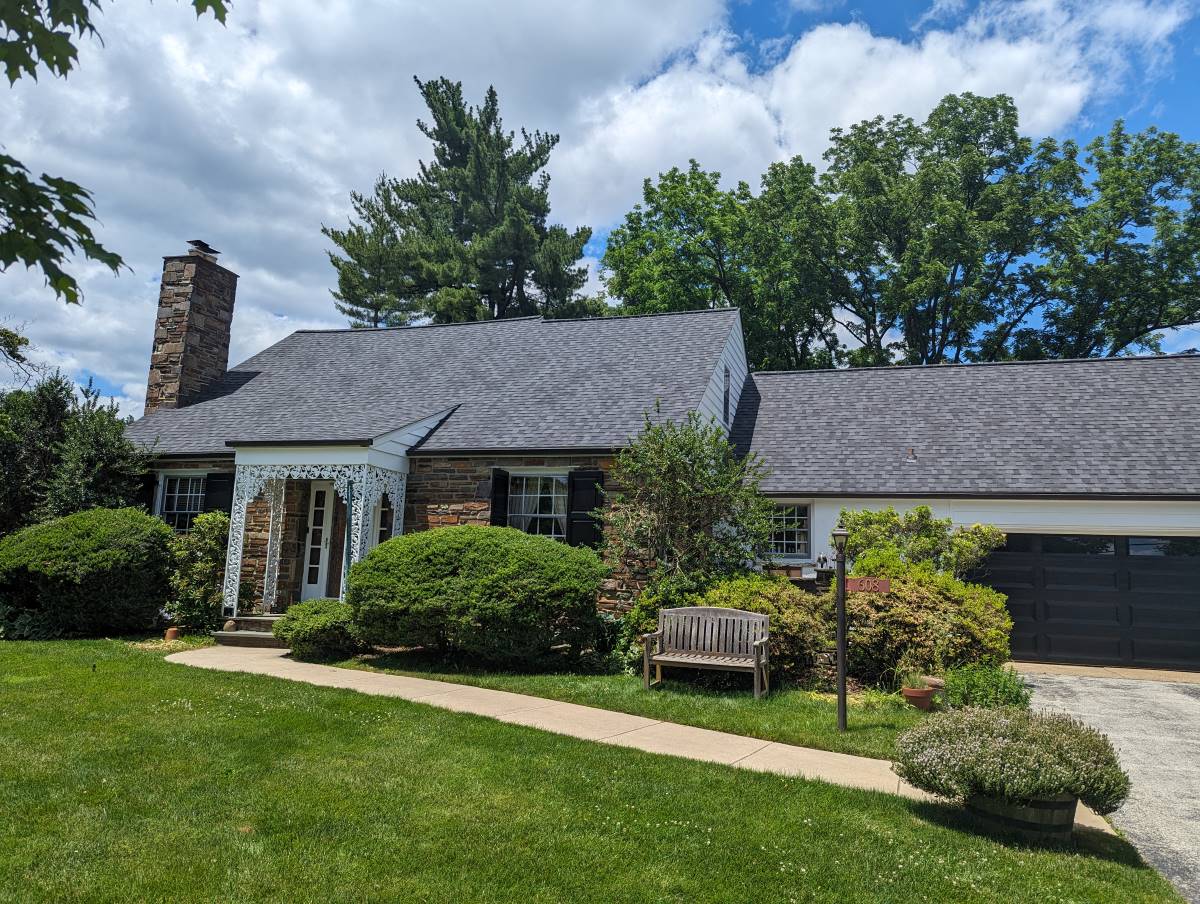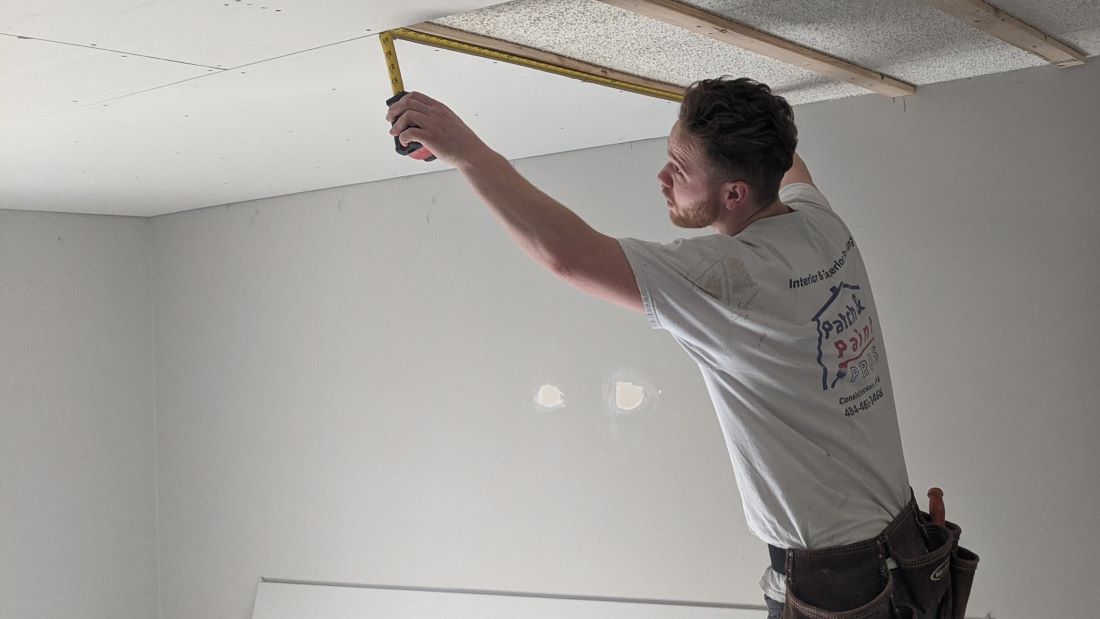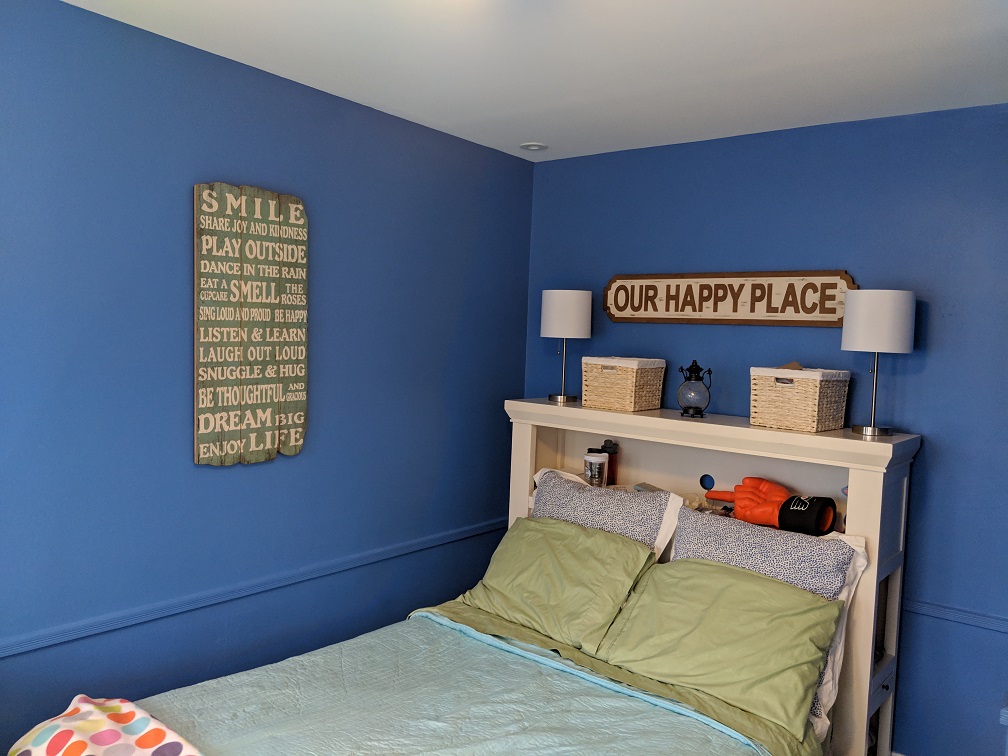Painting your walls can be a great way to give any room in your house a quick and easy update. But before you start painting, it’s important to know the pros and cons of using paint primer. Primer is designed to help your paint adhere better to surfaces, but there are some drawbacks as well.
In this article, we’ll discuss both the advantages and disadvantages of using paint primer before interior painting so that you can make an informed decision about what’s best for your project.
Advantages Of Using Primer
One of the major advantages of using a primer before interior painting is that it provides a seamless, smooth finish. Primer acts as an adhesive for the paint and helps to prevent any cracks or issues with adhesion. It also allows the paint to stick better and last longer, so you won’t need to repaint your walls very often.
Additionally, when painting over previously painted surfaces, primer can help cover up any existing blemishes on your wall like dents in drywall or discoloration from previous colors. This will give your final coat of paint a more even look and make sure it looks great once completed.
Primers are also helpful if you’re planning to change between two drastically different colors during your project – they’ll provide a blank slate for you to start with so there’s no risk of a bleed-through effect where one color shows through another. Furthermore, primers are generally much less expensive than most paints which makes them cost-effective for budget-conscious homeowners.
Overall, using primer can be beneficial when doing interior painting projects since it ensures smoother coverage and greater durability in the end result.
Despite its benefits, however, applying too many layers of primer can create problems; having an excess primer on top of the paint can reduce adhesion and lead to chipping down the road. Additionally, some primers have strong odors which may require proper ventilation while others contain chemicals that could be harmful if inhaled or ingested by accident.
Lastly, depending on what type of material needs to be primed, certain types might not work well at all because they don’t adhere properly due to porosity or other factors like moisture levels in the air. Moving forward into discussing these disadvantages would be wise before starting our next painting project.
Disadvantages Of Using Primer
While using a primer before interior painting can have significant advantages, there are also some disadvantages to consider. One of the most prominent concerns for homeowners is the additional cost associated with using a primer. This can be particularly frustrating if you are on a tight budget and trying to save money wherever possible.
Extra Cost
When it comes to the cons of using a primer before interior painting, one thing that may put people off is the extra cost. Primer isn’t cheap and can add an additional expense to your overall budget for a project. Not only do you have to pay for the paint itself but also for the primer needed beforehand.
It’s important to factor this in when planning out any painting job if you want it done right! Ultimately, the end result might be worth it – but make sure to weigh up all the costs upfront.
Messy Process
With any painting job, it’s important to be aware of the mess that comes with it. Primer is no exception – applying primer can get pretty messy! You’ll need to make sure you have drop cloths and tape down anything you don’t want to be painted over. This could add up in terms of time and resources if not properly planned out beforehand.
It’s also a good idea to ensure proper ventilation when working with primers, due to their strong odors. All these factors should come into consideration before starting your project, otherwise, you might find yourself dealing with an overwhelming amount of cleanup afterward!
Choosing The Right Primer
Using a paint primer before interior painting is like preparing the canvas for a masterpiece. It’s an important step that can make all the difference between a good and bad outcome of your project.
Here are some key points to consider when it comes to choosing the right primer:
- Its ability to fill in surface imperfections and hide blemishes
- Its compatibility with the type of paint you plan on using
- Whether or not it contains mildew-resistant additives
- The drying time required after application
When considering which product you should use, think about what kind of job you want to achieve and how much work you’re willing to put into it. Depending on whether you’re looking for quick results or long-lasting color accuracy, there’s likely one perfect option out there for you.
Taking these factors into account will help ensure that your chosen primer provides maximum coverage while allowing the paint to properly adhere to the wall. With this knowledge, now is the time to start prepping your surfaces for a flawless finish.
Preparing The Surface For Primer
When it comes to interior painting, surface preparation before the primer application is a crucial step to achieve a smooth and long-lasting finish. If there are any loose or peeling areas on the surface, it’s best to remove them before starting the priming process to prevent imperfections from appearing after the final coat is applied.
Using sandpaper is recommended to smooth out the surface before wiping it down with a damp cloth to eliminate any remaining dust particles. It is particularly important to take care when dealing with glossy surfaces or oil-based paints, which may require more thorough preparation.
The benefits of using a primer in the interior painting are many, including improved adhesion between the surface and the paint, increased protection against mold and mildew, enhanced durability, and easier cleanup for future painting projects. Self-priming paints are also available, which can save time and effort by eliminating the need for a separate primer application.
However, there are some downsides to using a primer, such as the additional time and effort required for proper surface preparation, and the possibility that some types of primers may require multiple coats to achieve the desired results. In addition, choosing the right primer may involve consulting with a paint manufacturer to find the best product for your project.
In conclusion, taking the time to properly prepare the surface before priming and painting can lead to a more professional and long-lasting finish. Understanding the benefits and drawbacks of using a primer and selecting the appropriate product can help you achieve the best results for your interior painting project.
Applying Primer Before Painting
Including a primer in your interior painting process can have several advantages. Firstly, it helps create an even and smooth surface for the paint color to adhere to, resulting in a more aesthetically pleasing finish. It is particularly useful when working with porous surfaces such as wood surfaces.
Moreover, using a primer can make the task of painting more effortless as it prevents dark colors or stains from bleeding through the lighter colors. However, it is important to note that incorporating a primer may increase both time and costs for the project due to the need for additional supplies.
Another factor to consider is that not all primer brands perform equally well on different surfaces. Hence, one must be careful to choose the appropriate primer to avoid any costly mistakes.
In conclusion, whether to use a primer before painting is a matter of personal preference and situation. However, it is worth considering using a primer to improve the overall look and durability of the paint job, especially when working with porous surfaces or if the paint color is a significant change from the current surface color.
Conclusion
Overall, using a primer before interior painting can be beneficial in many ways. Primers provide an extra layer of protection and are the best way to ensure that paint adheres to surfaces properly. They also help to hide any minor imperfections on walls or ceilings.
Although it may take some extra time and effort, applying a primer is well worth it in the end. I recently had my bedroom painted by a professional painter and he always applied a coat of primer prior to adding color. He explained that this was his practice as it allowed for better coverage with fewer coats of paint and would result in a longer-lasting finish.
After seeing how great the final product looked, I’m now convinced that priming first is definitely the right choice when painting indoors!











